What is Graduate Management Admission Test?
The GMAT was the first test elaborated exclusively to evaluate candidates that seek admission to Business related GMAT PrepGraduate programs. What sets the GMAT apart from other tests is that it not only acts as a way to score rank candidates in order to use this as a decision factor for admissions, but also, it is a strong predictor of performance in business programs in general. Given the type of reasoning that the test measures, it offers insight as to whether the candidate will excel in a career in business upon their graduation. It is believed that a specific training for the GMAT, both in the verbal and quantitative parts, is essential to develop such reasoning that is requested by not only the business schools but also by the market, for management and leadership roles.
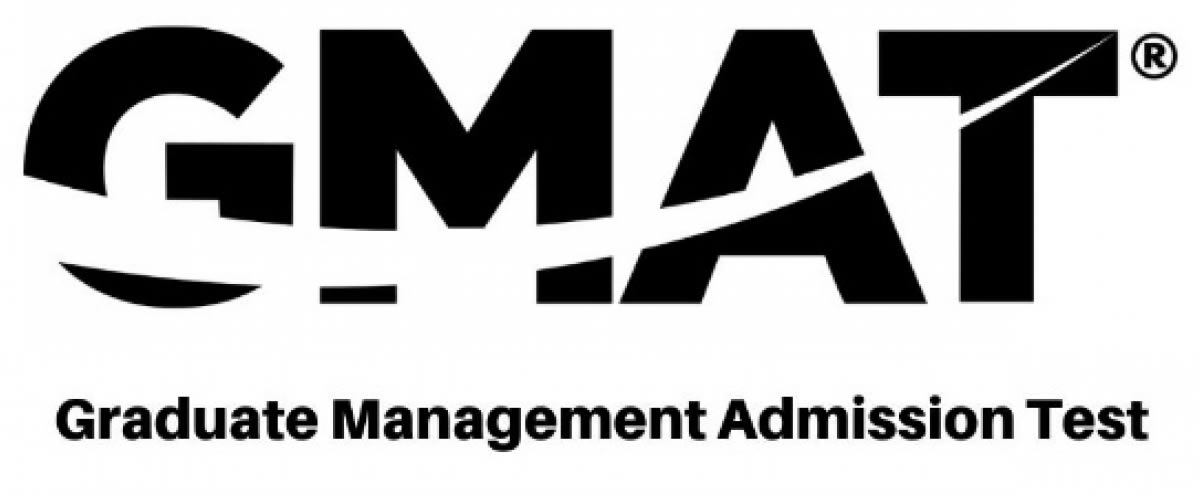
What is the GMAT, discovery all about this Acronym and learn how to get a very high score!
The Quantitative part of GMAT measures basic math concepts. Attention: do not think that the math section of the GMAT requires logic concepts – instead, it tests concepts from elementary and high school mathematics. The verbal part measures reading comprehension and analysis, as well as correct English grammar form. The grammar that is tested on the GMAT is specific to the test, and even though it uses basic grammar rules, it requires a type of technical reasoning that is particular to the Graduate Management Admission Test. In other words, knowing the correct English grammar forms helps, but do not guarantee a high score. And that is the really why native and non-native candidates are at par when taking the test. Even though the correct usage of English is a requirement for professionals seeking a successful career worldwide, the GMAT will not measure the candidate’s fluency in English (there are other tests that business schools requirement to evaluate that, such as the TOEFL and IELTS) but rather how the English language skills are adapted to the test. In the end, a reasoning logic is more present in the Verbal part than in the Math part of the GMAT. Do not mistake reasoning logic with mathematical logic (which, like we have said before, is not tested on the GMAT).
GMAT Prep
GMAT/GRE PREP ADMISSION CONSULTIING/ best gre practice book
MBA House GMAT/GRE PREP
GMAT Prep
MBA House GMAT Prep
GRE/ GMAT Prep
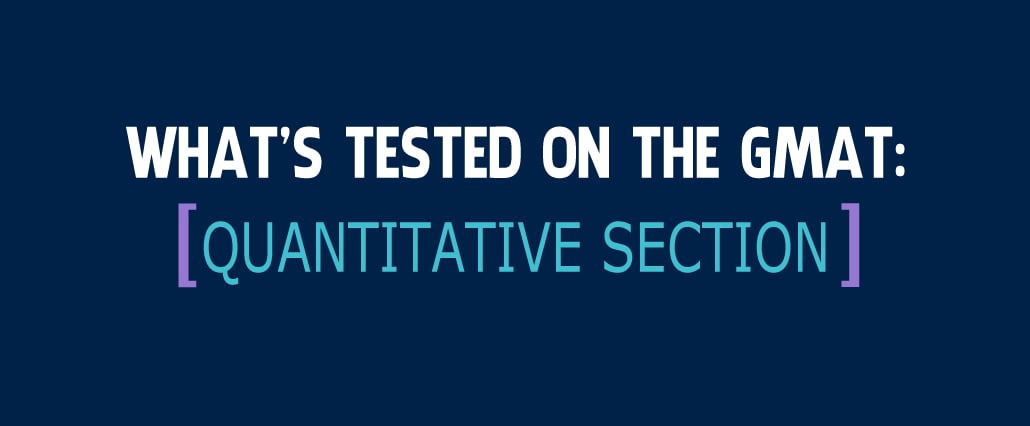
Quantitative Section of GMAT
GMAT Quantitative Section
MBA House separated the GMAT quantitative section in 16 chapters:
- Arithmetic 1
- Arithmetic 2
- Algebra 1
- Algebra 2
- Plane Geometry
- Volume and Coordinate Geometry
- Ratio, Proportion and Percents
- Interest, Discount and Profit
- Data Interpretation
- Age and Mixture Problems
- Distance Problems
- Sets and Sequences
- Probability
- Combinatorics
- Statistics
- Work Problems
MBA House rigorously follows the standards required by the GMAT in its official guide.
The GMAT Quantitative section consists of 31 sequential, Multiple choice questions to be completed in 62 minutes.
There are two question types: Problem Solving and Data Sufficiency
1. Problem Solving:
Example:
Question 135 of the GMAT Official Guide 2020 Quantitative Review:
In a table with 10 rows and 10 columns, each entry is 9 or 10. If the number of 9s in the nth row is n – 1 for each n from 1 to 10, what will be the final result (arithmetic mean) of all numbers in the table?
- a) 9.45
- b) 9.50
- c) 9.55
- d) 9.65
- e) 9.70
MBA House teaches its students to follow these steps when answering a GMAT math question:
- Carefully read the question stem
- Take note of the quantities and terms of the question.
- Identify the Question topic based on what you studied.
- Identify which formula to adopt.
- Proceed with algebraic and arithmetic calculations.
- Get to a result.
- Read the question stem again.
- Check the answer.
2. Data Sufficiency:
Data sufficiency questions are designed to measure your ability to analyze a quantitative problem, recognize which given information is relevant, and determine at what point there is sufficient information to solve a problem. In the questions involved, you have to classify each problem according to the five answer options that will appear, instead of finding a solution to the problem.
Each question of data sufficiency consists of a single question, always accompanied by initial information and always in two instructions, standardized (1) and (2), containing additional information. You have to decide whether the information in each statement is sufficient to answer the question or – if no statement provides information will be useful – if the information in the two statements together is sufficient. It is also possible that the statements, taken together, are not useful for resolving the issue.
First, start by reading the information and read it carefully. Then, the first statement that the test provides. Does the information in the first statement allow you to answer the question? Read the second statement after reading the first. Try not to repair the information provided in the first statement and read the second if it provides information that in itself allows you to answer the question. And then, you should now be able to say, for each statement, whether it is useful to answer the question.
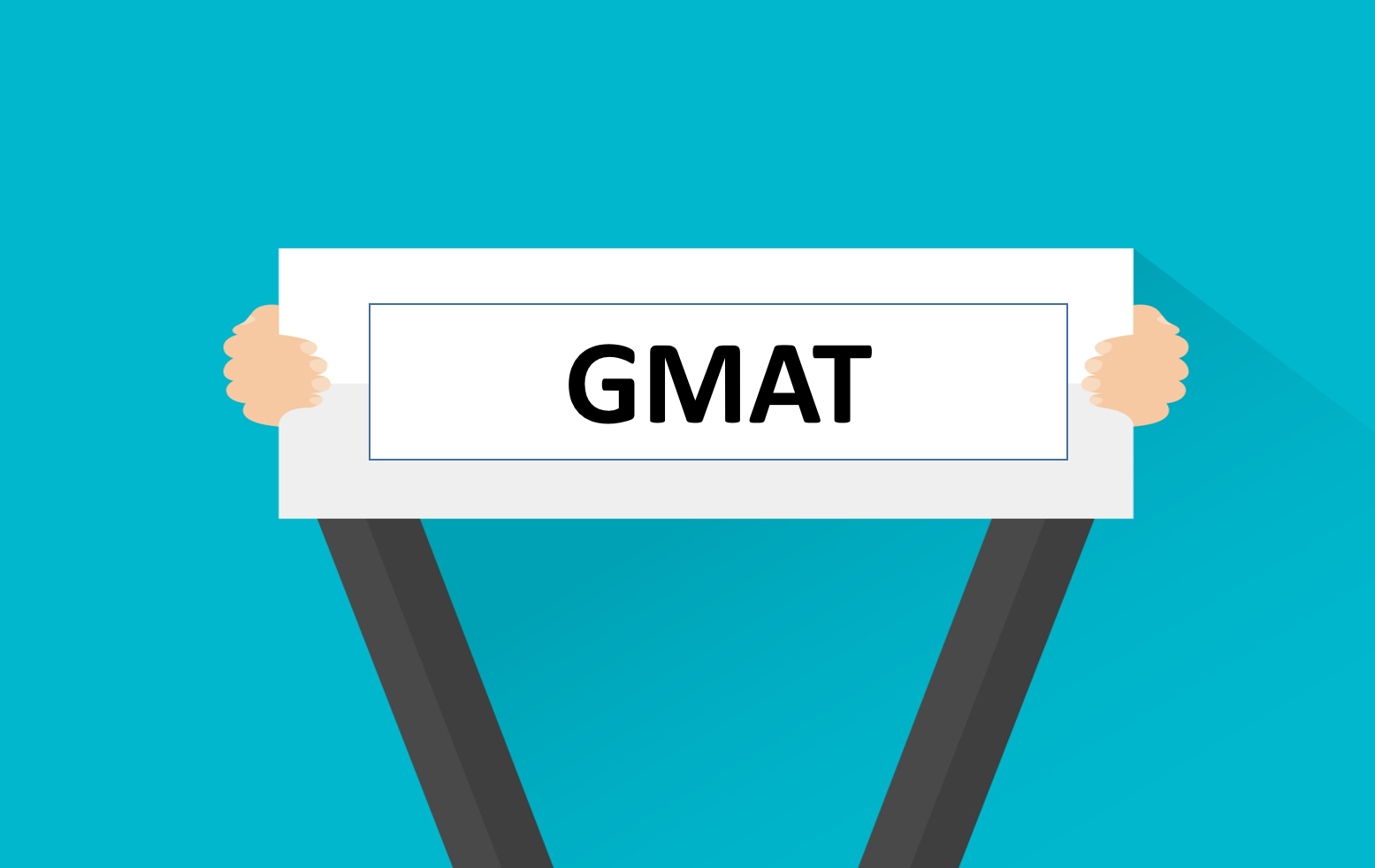
In the next question, read and consider the two statements that will be covered. Together, can you answer the question?
Look carefully at the alternatives that the test offers. Select the one that makes the most sense more accurately if the instructions provide the information needed to answer the question.
Example:
Question 237 of the GMAT Official Guide 2020 Quantitative Review:
The previous day around 9:00 am and 6:00 pm at airport X, all flights that went to Atlanta departed at equally spaced times and all flights from New York also departed at equally spaced times. On a flight to the destination in Atlanta and a flight to the destination in New York, they left Airport X at 1 pm. yesterday. Between 13:00 and 15:00 yesterday, another traveling couple made flights to these two cities departing from airport X at the same time?
(1) Yesterday at Airport X, a flight to Atlanta and a flight to New York City both departed at 10:00 a.m.
(2) Yesterday at Airport X, flights to New York City departed every 15 minutes between 9:00 a.m. and 6:00 p.m.
- Statement (1) ALONE is sufficient, but statement (2) alone is not sufficient.
- Statement (2) ALONE is sufficient, but statement (1) alone is not sufficient.
- BOTH statements TOGETHER are sufficient, but NEITHER statement ALONE is sufficient.
- EACH statement ALONE is sufficient.
- Statements (1) and (2) TOGETHER are not sufficient.
MBA House considers Data Sufficiency Questions to be ones where students reach a solution in less time than in problem solving questions.
However, Data Sufficiency questions usually make the student feel less secure about their answer choice because it does not generally require them to reach a numerical answer through formulas and calculations, but rather through other methods. This Data Sufficiency technique saves time, but brings less certainty to the student about how they are performing on the GMAT test.
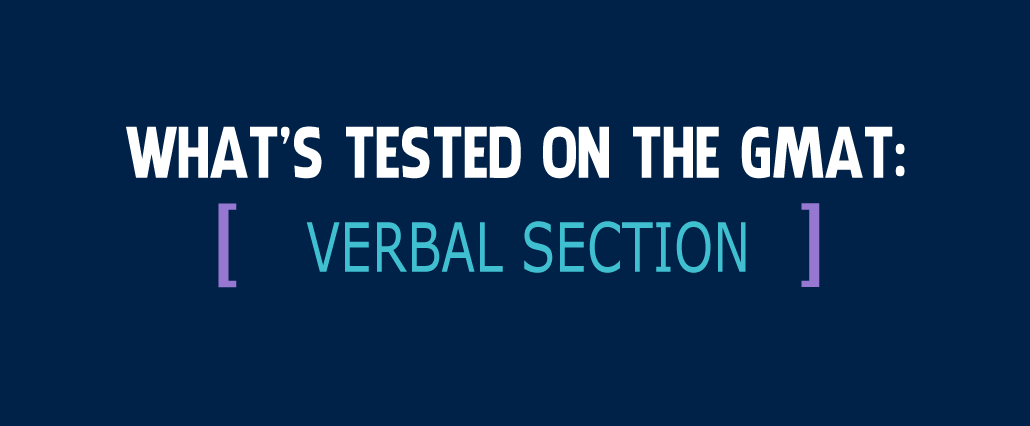
Verbal Section of the GMAT
MBA House separated the GMAT verbal section in 14 chapters:
- Reading Comprehension – Section Structure
- Reading Comprehension – Global Questions
- Reading Comprehension – Detail Questions
- Reading Comprehension – Inferences
- Critical Reasoning – Basic Logic
- Critical Reasoning – Arguments
- Critical Reasoning – Main Question Types
- Critical Reasoning – Other Question Types
- Sentence Correction – Section Structure and Style
- Sentence Correction – Subject-Verb Agreement and Verb Tense
- Sentence Correction – Pronouns and Modifiers
- Sentence Correction – Parallelism and Comparisons
- Sentence Correction – Idioms
- Analytical Writing Assessment
MBA House rigorously follows the standards required by the GMAT in its official guide for the Verbal section.
The GMAT Verbal section consists of 36 sequential, Multiple choice questions to be completed in 65 minutes.
There are three question types: Reading Comprehension, Critical Reasoning and Sentence Correction.
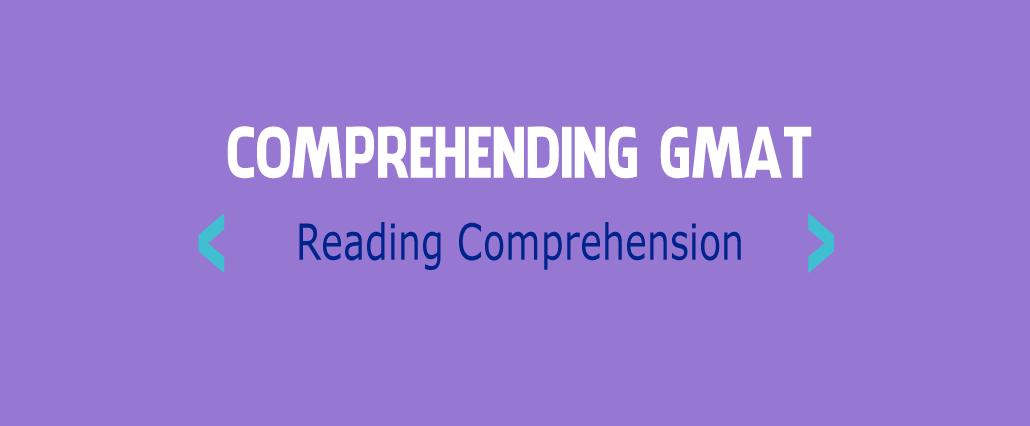
Reading Comprehension Sample Question
Each question about reading comprehension is completely retired from the passage content. After reading the passage content, gather useful information and thus answer all relevant questions, based on what or is implied in the passage. For each question presented, put the alternative that makes the most sense.
Line scientists have long believed that the two groups of nerves in the human hypothalamus, called suprachiasmatic nuclei (SCNs), are responsible for our circadian rhythms. These rhythms are the biological cycles.
(5) that recur approximately every 24 hours in synchronization with the cycle of sunlight and darkness caused by Earth’s rotation. Studies have demonstrated that in some animals, the SCNs control daily fluctuations in blood pressure, body
(10) temperature, activity level, and alertness, as well as the nighttime release of the sleep-promoting agent melatonin. In addition, human eye cells responsible for reproducing information about light levels for SCNs was recently discovered
(15) It appears that four critical genes that are responsible for circadian cycles are linked in all tissues, however, not only in the SCNs of flies, mice and humans. In addition to this situation, when laboratory mice that ate frequently at will now, were fed only once a day on average
(20) The point is that a clock gene in its livers changed in 12 hours, and the same clock gene in SCNs remained equally with the light cycles. In addition, scientists have not achieved the role of SCNs in controlling basic functions, such as the regulation of
(25) blood pressure and body temperature, scientists believe that circadian clocks from other organs and tissues can respond and external signals other than light – including temperature changes – that are often repeated.
The following are Questions 461–463 of the GMAT Official Guide 2020:
The primary purpose of the passage is to:
-
challenge recent findings that appear to contradict earlier findings
-
present two sides of an ongoing scientific debate
-
report answers to several questions that have long puzzled researcher
-
discuss evidence that has caused a long-standing belief to be revised
-
attempt to explain a commonly misunderstood biological phenomenon
The passage mentions each of the following as a function regulated by the SCNs in some animals EXCEPT:
- activity level
- blood pressure
- alertness
- vision
- temperature
The author of the passage would probably agree with which of the following statements about the SCNs?
- The SCNs are found in other organs and tissues of the body besides the hypothalamus.
- The SCNs play a critical but not exclusive role in regulating circadian rhythms.
- The SCNs control clock genes in a number of tissues and organs throughout the body.
- The SCNs are a less significant factor in regulating blood pressure than scientists once believed.
- The SCNs are less strongly affected by changes in light levels than they are by other external cues.
Critical Reasoning Sample Question
Each of the critical reasoning questions is based on a short argument, a set of statements, or a plan of action. For each question, select the best answer of the choices given.
The following is Question 610 of the GMAT Official Guide 2020:
Arts advocate: Few universities ask as requirements that students who are specialized in science and technology take the other art courses. So, the important real progress in science and technology requires an element of creativity that only the arts have. So, in order to help science and technology students achieve a good future in their fields, universities have to increase the art courses necessary for them.
Which of the options presented above, if true, would best strengthen the argument?
-
Universities put more art courses for science and technology students in the pastt.
-
The contribution to art courses progressively increases the creative thinking of students in their science and technology subjects.
-
Many students are taking comfort in art and are becoming familiar with courses such as technology and science if the number of art courses essential for the programs increases.
-
Some of the most prominent scientists began their careers as artists.
-
Discussion of science and technology topics in art courses increases creative thinking among students in those courses.
Sentence Correction Sample Question
Each question presented for correction of the sentence shows the student a sentence that in part or all of them is underlined. Below the statement, you come across five ways that will help you express the underlined part. The first test repeats the original; the others are different. Follow the statement shown in standard English to choose your answer, always paying close attention to grammar and the correct choice of words.. Select the alternative that produces the most significant phrase; your answer must match the sentence clearly, accurately and without grammatical errors. The student must also know how to control constraint, redundancy and ambiguity.
The following is Question 759 of the GMAT Official Guide 2020
According to experts, watching television programs not only impairs the student’s ability to think critically, but it also ruins the student’s general perception capacity.
-
not only undermines one’s ability to think critically but also impairs one’s
-
not only undermines one’s ability of critical thinking but also impairs the
-
undermines not only one’s ability to think critically but also impairs one’s
-
undermines not only one’s ability of critical thinking but also impairs the
-
undermines one’s ability not only to think critically but also impairs one’s
The GMAT Prep companies generally commit two mistakes that MBA House considers the big pitfalls in student preparation, be it through a GMAT software or Live Online Course.
1) By only considering the GMAT where the main problem is the lack of time available to solve each question, tutors market their solution by attempting to teach magic tricks that work haphazardly, and thus will not produce a standard with which the student can always rely on. This places the tutor supposedly as a clever guru who has hacked the way GMAT questions are produced and, therefore, does not rely on proper Math and Verbal theory. As a result, the student will in fact be able to solve some questions faster, but for most questions, they will seek to force apply a trick that will in fact not work, making them take longer on the question, get desperate, or reach a wrong answer. Sometimes, all these scenarios will happen at once.
2) Also, the tutor does not address the basic theory involved on the test because they charge by the hour. Therefore they do not develop the step by step reasoning required by the test, and that would make the student perceive that the main challenge of the GMAT is not, by far, the time constraint. The test requires you to review (and sometimes actually learn for the first time) the fundamental concepts involved in the Math and Verbal sections, and train these skills consistently in order to little by little improve to time it takes to correctly answer a question, based on well trained patterns, not tricks. Another important aspect of your GMAT Preparation is to once you start to see your timing improve, build Test day stamina by taking CAT simulated tests using the erasable notepad similar to the one that will be supplied to you on test day. In a nutshell, It is not possible to beat a long and exhaustive test such as the GMAT based on tricks alone.
The GMAT test requires a lot of practice, but if you do not follow a time tested method, you will find yourself solving hundreds of questions but not improving your score significantly. Consequently, you will be ineligible to significant scholarships and will possibly have to content yourself with a program that was not your first choice.
And by fearing the GMAT, many candidates will settle for programs that require lesser scores or even circumvent the GMAT completely. Some candidates say their rationale for choosing these programs is also the smaller tuition fees involved, but the fact is a competitive GMAT score not only improves your chances of being accepted at a top business program but also enhances your eligibility for scholarships, which significantly reduce the financial burden. Sometimes, a 10 to 20 point increase on your GMAT score can mean a difference in thousands of dollars worth of scholarships and financial aids.
Format of the GMAT Exam
| Questions | Timing | |
| Analytical Writing Assessment | 1 | 30min. |
Integrated Reasoning
|
12 | 30min. |
Quantitative Reasoning
|
31 | 62min. |
Verbal Reasoning
|
36 | 65min. |
| Total Time: | 187min. |
The GMAT (Graduate Management Admission Test ™) is a standardized exam used in admissions processes in over 7.000 post-graduate programs worldwide, in approximately 2.300 schools across the globe. It helps evaluate and demonstrate to schools a candidate’s potential to engage in graduate level studies in Business.
It is a four part test that measures abilities in Analytical Writing, Integrated Reasoning, Verbal Reasoning and Quantitative Reasoning. These are high level Reasoning abilities that business professors, admissions committees and employers have identified as primordial skills. The GMAT measures abilities that require complex judgement and critical thinking, and contrary to grades and resumes that vary significantly depending on the candidate’s region and background, the scores supply standardized result that is statistically valid and reliable. The validity and value of the GMAT in admissions processes has been well documented, and is backed by several academic studies.
The GMAT is delivered in English and can only be taken on a computer at a certified testing center. It is not designed to test Business Knowledge, English Vocabulary or Computer abilities. The GMAT also does not measure other factors related to success in post-Graduate business studies, such as work experience, leadership skills, motivation and interpersonal abilities. Your GMAT score will be an objective criteria used in parallel with other more subjective ones, such as essays and interviews.
Taking the GMAT enables you to set yourself apart in the admissions process, as it demonstrates commitment towards pursuing a post-graduate business education. The schools use GMAT scores to help them select the better qualified candidates – because they know that candidates who choose to take the GMAT are committed towards obtains a post-graduate diploma and thus is an indicator that the candidate shall succeed in the chosen program. When considering which programs to apply to, you can analyze the GMAT requirement as a strong indicator of program quality. Schools that use the GMAT generally state the average GMAT scores of their classes, and this is a way to analyze how competitive is the program at hand, as well as how your GMAT score compares to the enrolled candidates.
The GMAT consists of four timed sections (please refer to table below). The Analytical Writing Assessment (AWA) section consists of an essay. The Integrated Reasoning Section consists of graphic questions and data analyses in different response formats. The Quantitative and Verbal Reasoning sections consist of questions with multiple choice answers.
The Quantitative and Verbal Reasoning sections are computer-adaptative, which means that the exam resorts to a very large question bank to adequate to your level of ability, in order for you to not encounter very easy or very hard questions for your level. The first question of each section will be one considered of average difficulty, and based on how you answer each of the subsequent questions the computer will mark your answer and select the next question to deliver to your test.
Analytical Writing Assessment
The Analytical Writing Assessment (AWA) consists of a writing task to be completed in 30 minutes: Analysis of an Argument. The AWA measures your ability to think critically, communicate your ideas and formulate an appropriate critique. You will type your essay using the computer keyboard.
Integrated Reasoning Section
The Integrated Reasoning section highlights relevant abilities of today’s data-oriented business managers today, who need to analyze sophisticated data flows and solve complex problems. It measures your capacity of understanding and evaluating multiple sources and types of information – graphical, numerical and verbal – that are interrelated. This section requires both quantitative and verbal reasoning to solve complex problems. You will be asked to interpret graphics and sort tables to obtain context from the data, but advanced statistical knowledge and spreadsheet manipulation skills aren’t necessary. This is the only section of the GMAT test that allows you to use an on-screen calculator with basic functions – the same is not available on the Quantitative Reasoning section.
Count with MBA House for your GMAT preparation.
GMAT Prep
GMAT/GRE PREP ADMISSION CONSULTIING/ best gre practice book
MBA House GMAT/GRE PREP
GMAT Prep
MBA House GMAT Prep

